John Mayer’s influence on modern guitar playing is undeniable, and for good reason. Drawing from blues legends like Clapton and the Kings, while incorporating contemporary pop, rock, and R&B, Mayer has forged a unique and captivating style. For guitarists looking to delve into his signature sound, “Slow Dancing In A Burning Room” stands out as a must-learn. This song is a masterclass in feel and melodic phrasing, and in this lesson, we’ll break down the essential guitar elements, from the evocative chords to the soulful solo.
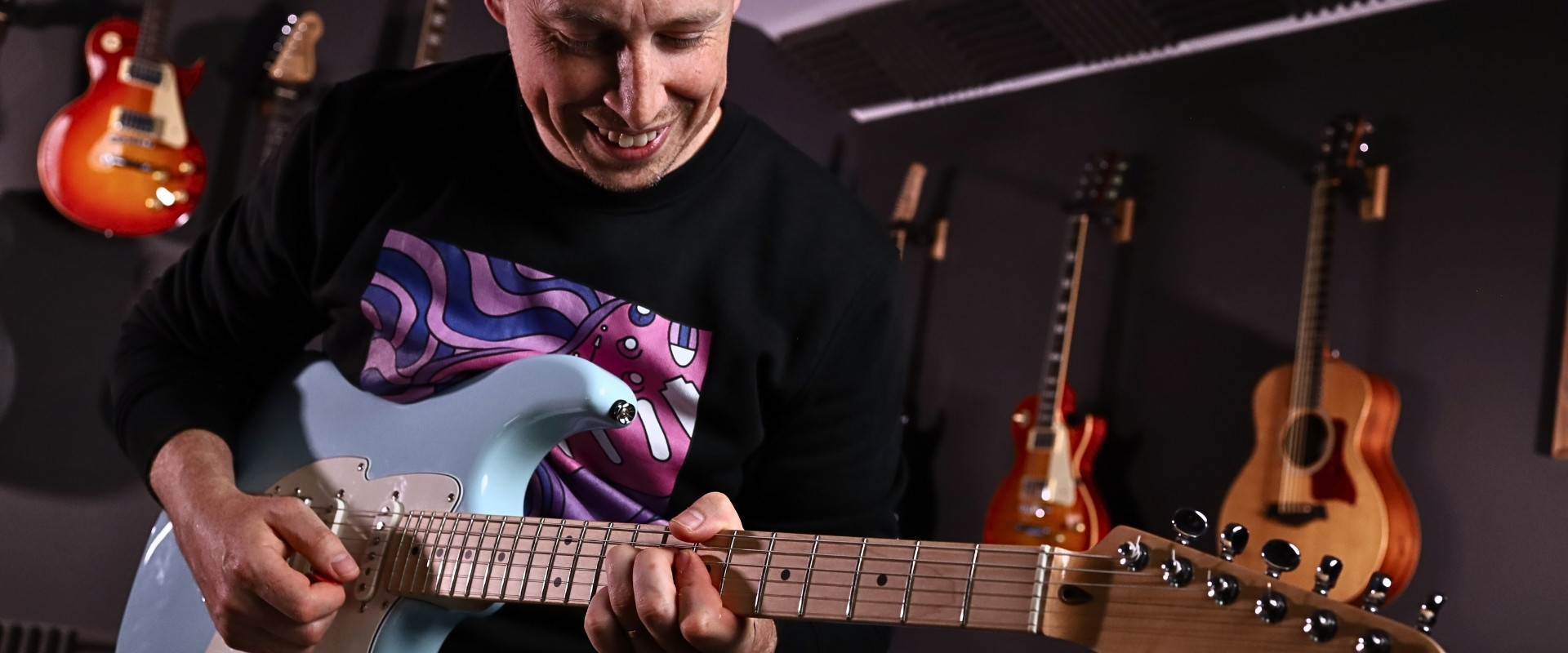 John Mayer performing with his guitar
John Mayer performing with his guitar
Mastering the Intro, Verse, and Chorus Chords
The foundation of “Slow Dancing In A Burning Room” lies in its beautifully crafted chord progression. Before diving in, it’s helpful to understand the key and basic structure. The song is in the key of C# minor (or E Major, depending on perspective), and primarily revolves around a simple yet effective chord sequence: C#m7, A major, and E major. These chords create a melancholic and introspective atmosphere that perfectly complements the song’s emotional depth.
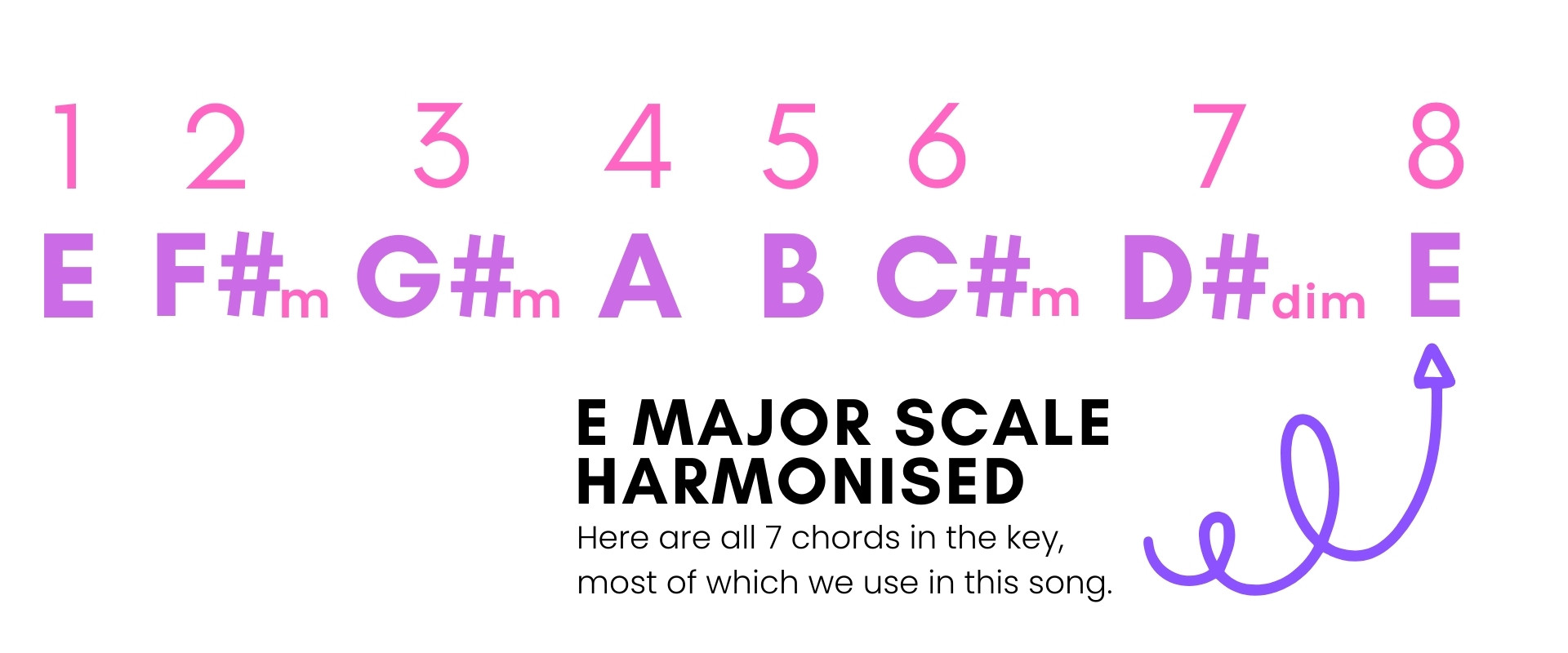 Chord diagrams illustrating C#m7, A major, and E major for guitar
Chord diagrams illustrating C#m7, A major, and E major for guitar
This progression, often referred to as a 6, 4, 1 progression in the key, forms the backbone of both the intro and the verse. The chorus introduces a slight variation, moving to B major, C#m, and F#m. This expansion utilizes more chords within the key, adding a subtle lift and harmonic richness to the chorus. To enhance your playing of these chords, explore the CAGED system. This system allows you to find interesting voicings and licks that seamlessly integrate with the chord changes. For a deeper understanding of this approach, resources like “Unlocking CAGED” and “Intermediate Rhythm” courses can be invaluable.
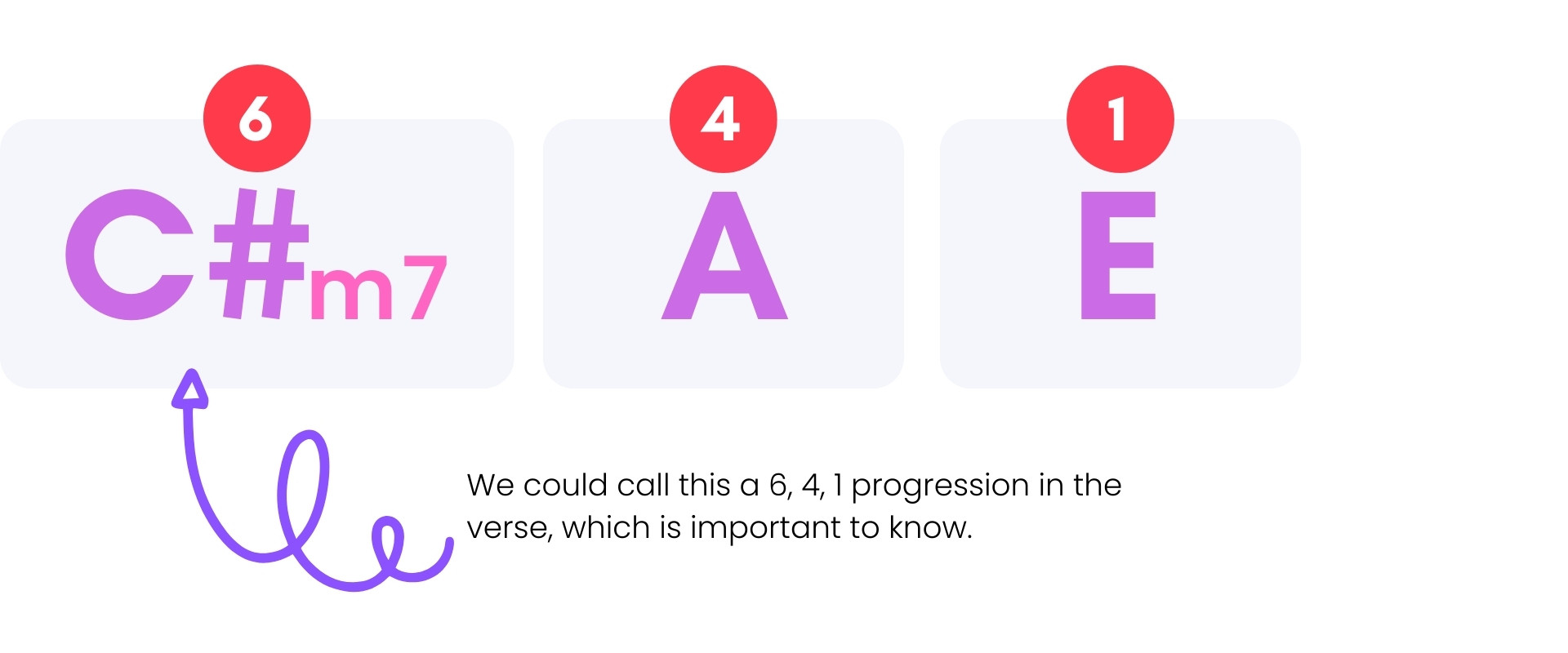 CAGED system diagram for guitarists learning chord shapes
CAGED system diagram for guitarists learning chord shapes
Unpacking the Guitar Solo
The guitar solo in “Slow Dancing In A Burning Room” is a masterclass in melodic phrasing and emotional expression. It’s not about flashy technicality, but rather about conveying feeling through carefully chosen notes and dynamics. The solo is primarily based in the C# minor / E major pentatonic scale, utilizing boxes 1 and 2 of the pentatonic pattern.
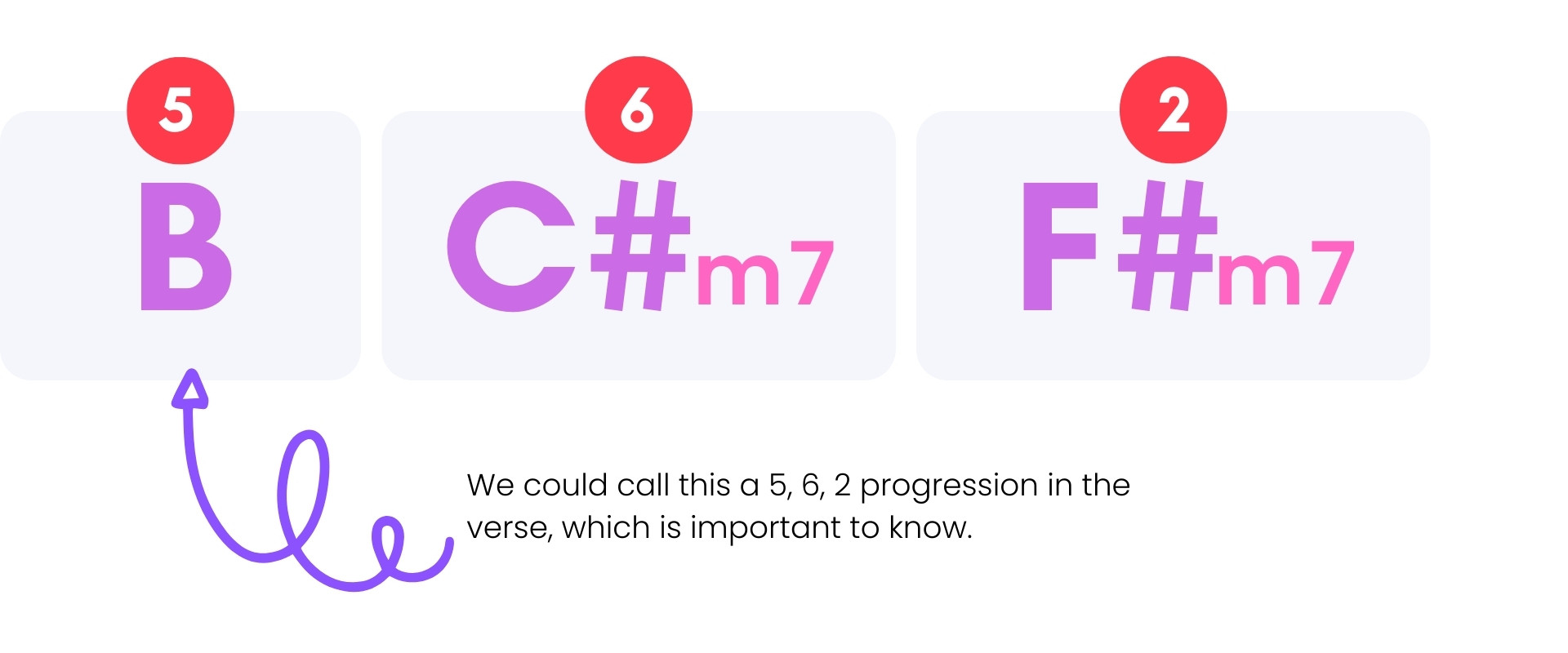 Guitar fretboard diagram showing C# minor / E major pentatonic scale boxes 1 and 2
Guitar fretboard diagram showing C# minor / E major pentatonic scale boxes 1 and 2
While the scale provides the framework, the true magic of this solo lies in its dynamics and “feel.” Focus on making each note sing and breathe. Don’t be afraid to deviate slightly from the recorded solo and inject your own improvisational voice. The goal is to capture the essence and emotion of the solo, rather than rigidly replicating every note. This solo serves as an excellent study piece for developing your melodic soloing and expressive playing.
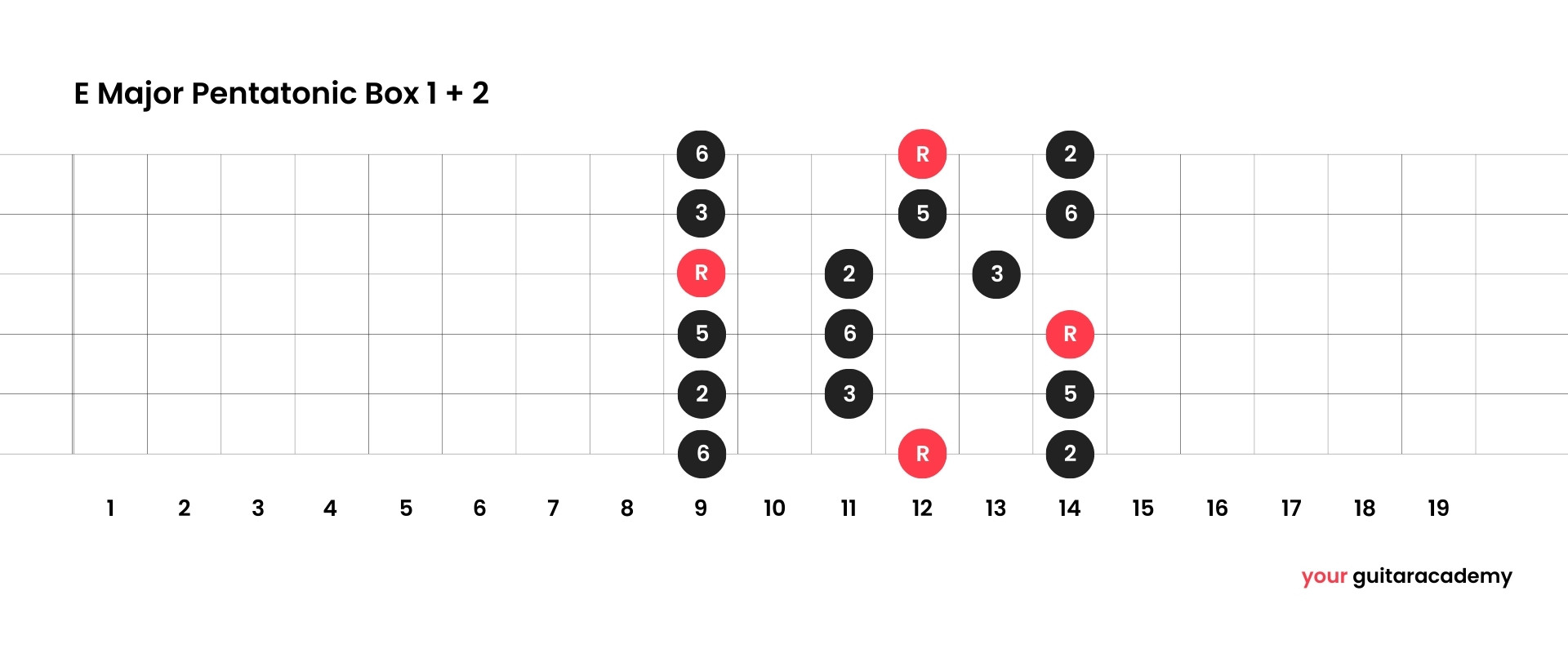 Close-up shot of guitar player's hand demonstrating soloing technique
Close-up shot of guitar player's hand demonstrating soloing technique
Ready to Dive Deeper?
Learning “Slow Dancing In A Burning Room” is a rewarding journey for any guitarist seeking to expand their skills and musicality. If you’re inspired to further explore John Mayer’s style and technique, consider exploring resources like the “John Mayer Player Study” course. For a comprehensive pathway to guitar mastery, the “Guitar Club” subscription offers a structured learning experience. This roadmap will empower you to not only play songs like “Slow Dancing In A Burning Room” but also develop the skills to learn and create your own music.
